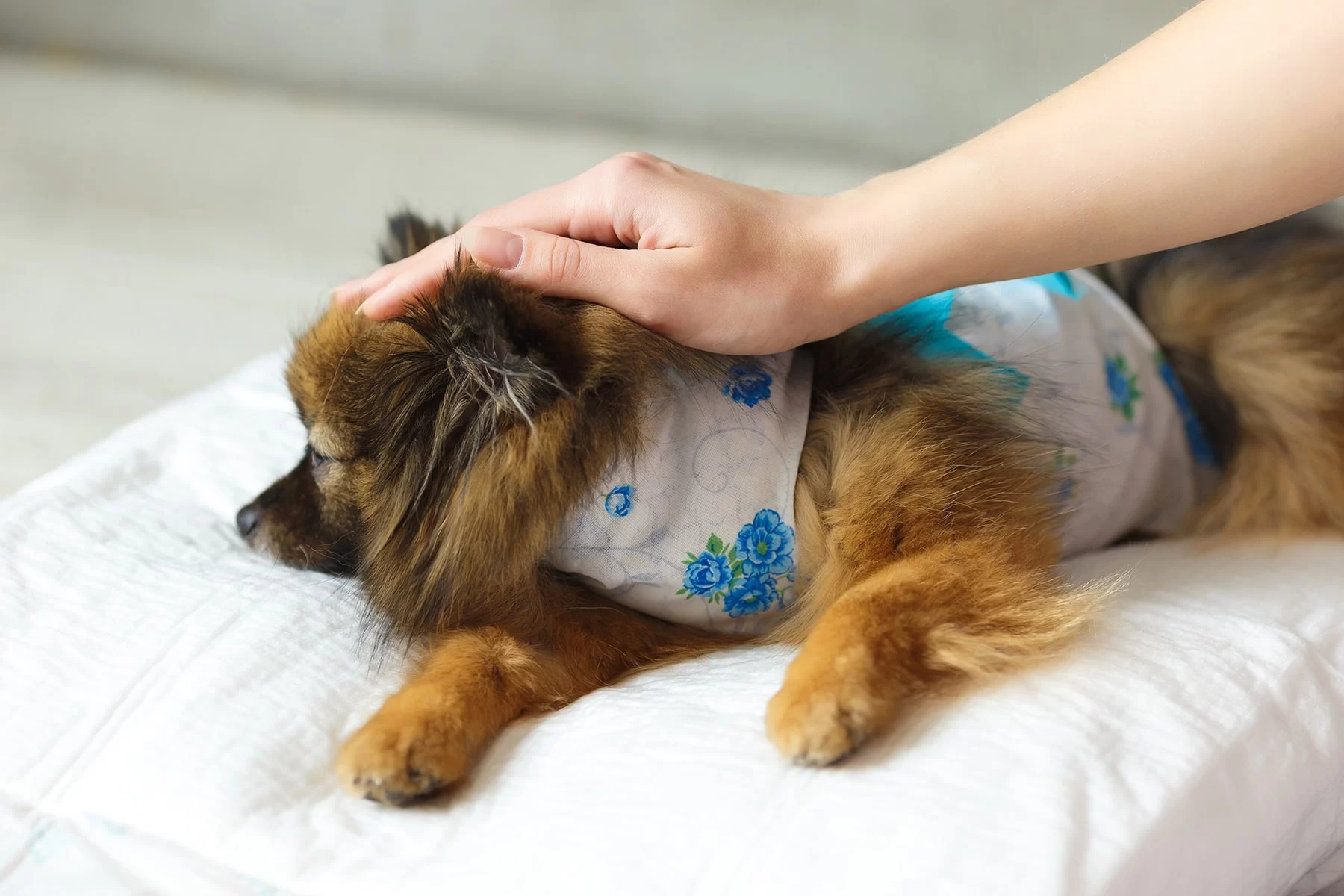Neuter Surgery Recovery: Complete Guide to Pet Post-Op Care and Healing
- 1. What is Neuter Surgery?
- 2. Immediate Post-Op Care for Pets
- 3. Managing Pain After Neuter Surgery
- 4. How to Speed Up Neuter Surgery Recovery
- 5. When to See a Veterinarian During Recovery
- 6. Tips for Easing Your Pet's Recovery
- 7. Final Thoughts on Neuter Surgery Recovery
1. What is Neuter Surgery?
Neuter surgery, also known as spaying or castration, is a routine surgical procedure to remove the reproductive organs of pets. For male pets, this involves the removal of the testes, while female pets undergo the removal of the ovaries and uterus. The procedure is typically done under general anesthesia and is a common practice to prevent unwanted breeding and improve long-term health.
2. Immediate Post-Op Care for Pets
After your pet undergoes neuter surgery, it's crucial to monitor them closely for the first 24 hours. Provide a calm, quiet space for them to rest, away from noise or other pets. Make sure they have access to fresh water but limit food intake until they fully recover from anesthesia. Watch for any signs of complications, such as excessive bleeding, swelling, or signs of distress, and contact your veterinarian immediately if anything seems abnormal.
3. Managing Pain After Neuter Surgery
Managing pain is one of the most important aspects of neuter surgery recovery. Most pets will experience some discomfort following the procedure, and your veterinarian will likely provide pain medication to manage it. It's important to follow the prescribed medication schedule to ensure your pet's comfort and avoid any complications. Some pets may exhibit a reduced appetite or lethargy, which is normal as long as it doesn’t persist for too long.
4. How to Speed Up Neuter Surgery Recovery
To promote faster recovery, make sure your pet stays in a clean and comfortable environment, and avoid allowing them to engage in strenuous activity during the healing period. Keep the incision site clean and dry, and avoid letting your pet lick or chew the area. If necessary, consider using an Elizabethan collar (also known as an e-collar) to prevent them from licking their incision. Adequate rest and limiting movement are crucial to avoid any complications and help your pet heal quickly.
5. When to See a Veterinarian During Recovery
It's essential to monitor your pet for any signs of infection or complications after neuter surgery. If you notice the incision site becoming red, swollen, or producing discharge, or if your pet is excessively lethargic, vomiting, or having difficulty breathing, seek veterinary attention immediately. Regular follow-up visits with your veterinarian may be necessary to ensure that the healing process is progressing well.
6. Tips for Easing Your Pet's Recovery
Aside from providing pain relief and limiting activity, there are several additional steps you can take to ease your pet's recovery after neuter surgery. Here are a few tips:
- Maintain a calm and soothing environment to reduce stress for your pet.
- Provide soft bedding and ensure that your pet is comfortable while resting.
- Offer easy-to-digest food and water to keep them hydrated and nourished.
- Monitor their activity and encourage gentle movement, but prevent jumping or running.
7. Final Thoughts on Neuter Surgery Recovery
Neuter surgery is a common procedure that is generally safe, but proper care during recovery is essential to avoid complications and promote healing. By following your veterinarian's advice, keeping an eye on your pet's health, and offering a comfortable environment, you can ensure your pet recovers well and is back to their normal, happy self in no time. If you're interested in learning more or need expert advice on your pet's recovery, visit Hidden Brook Veterinary for more information and personalized care.










